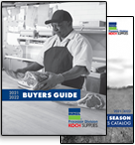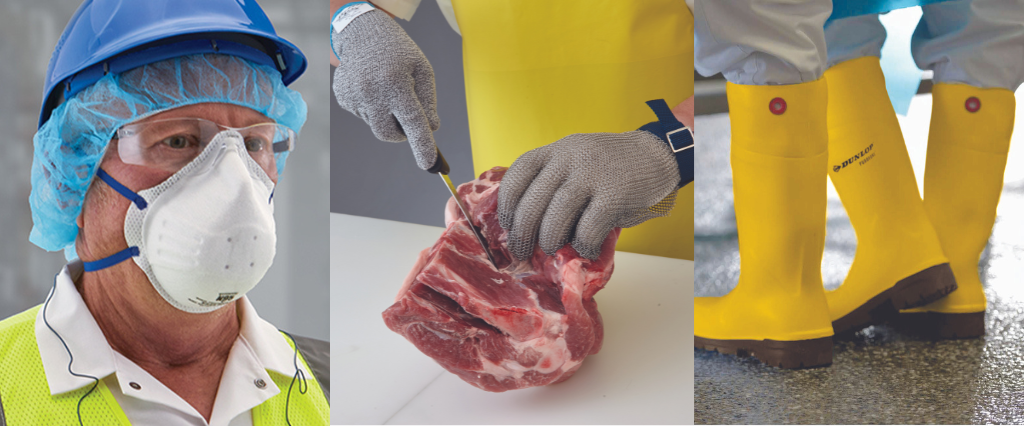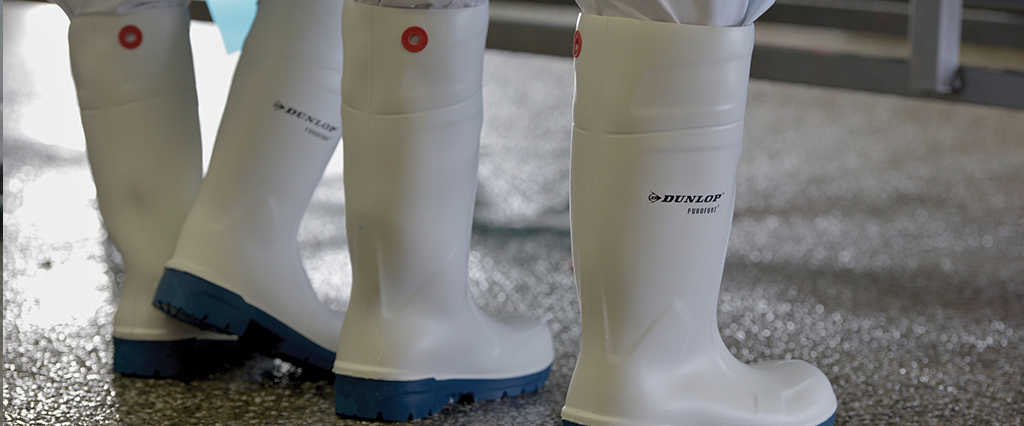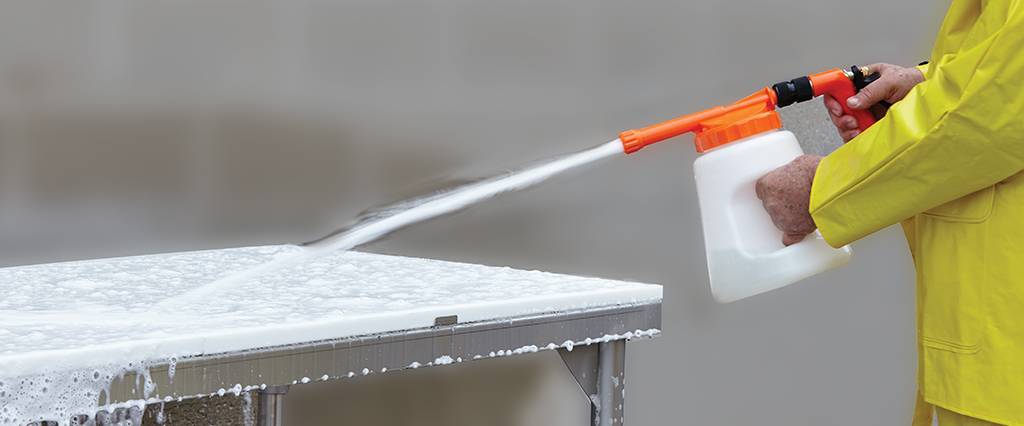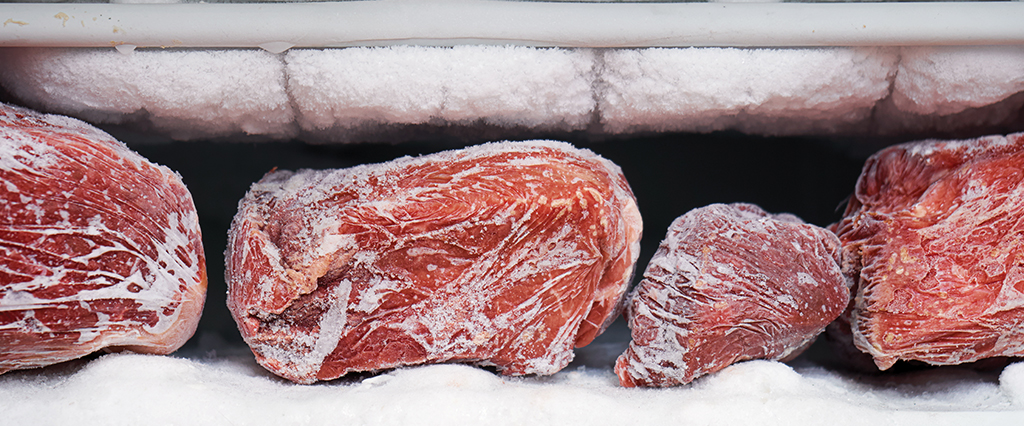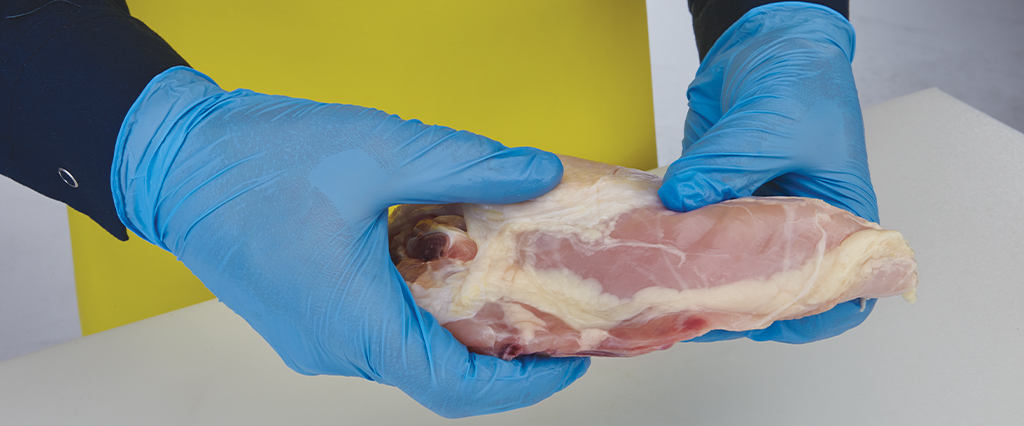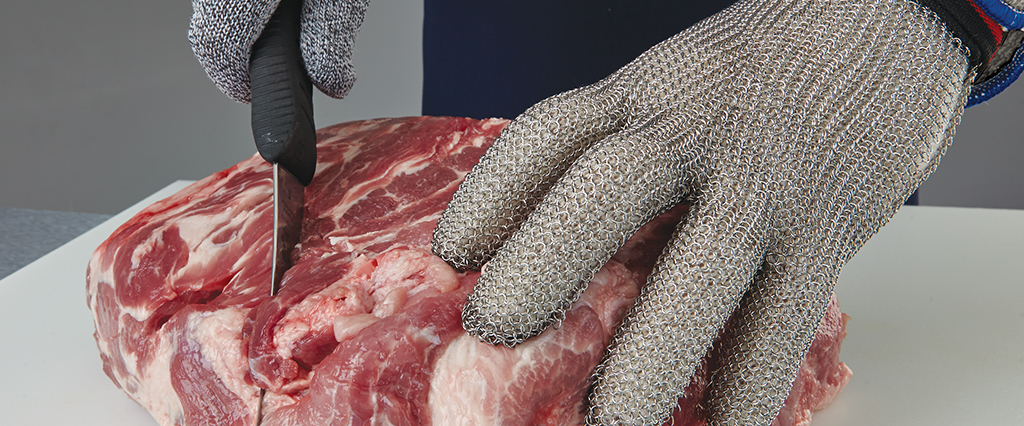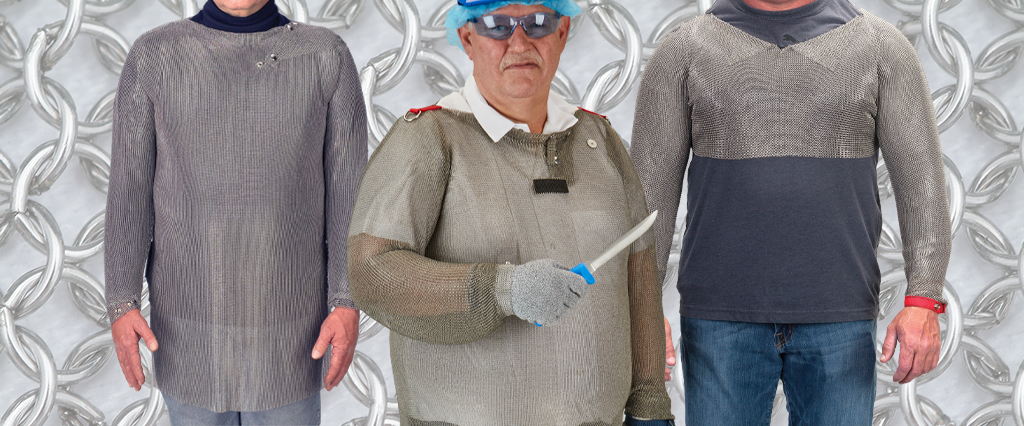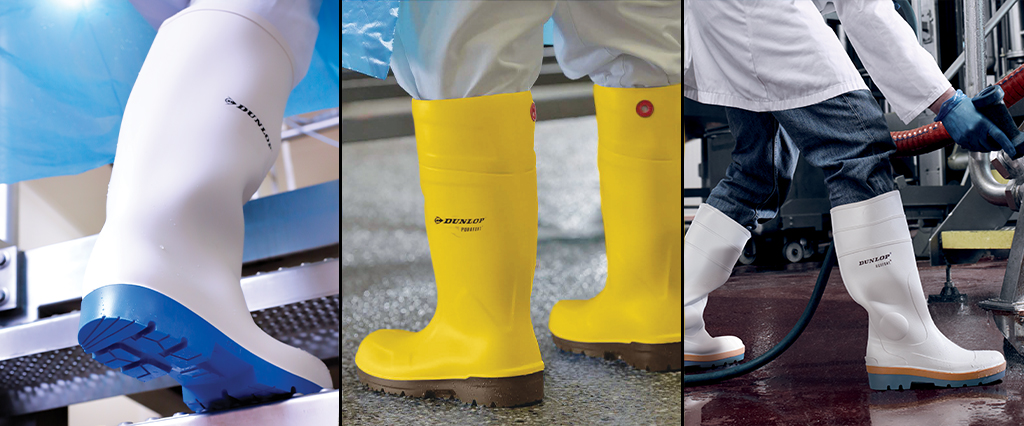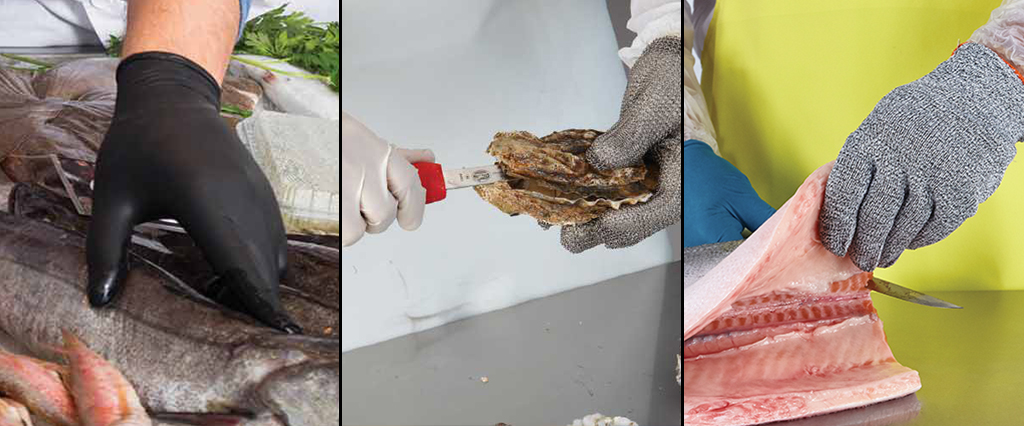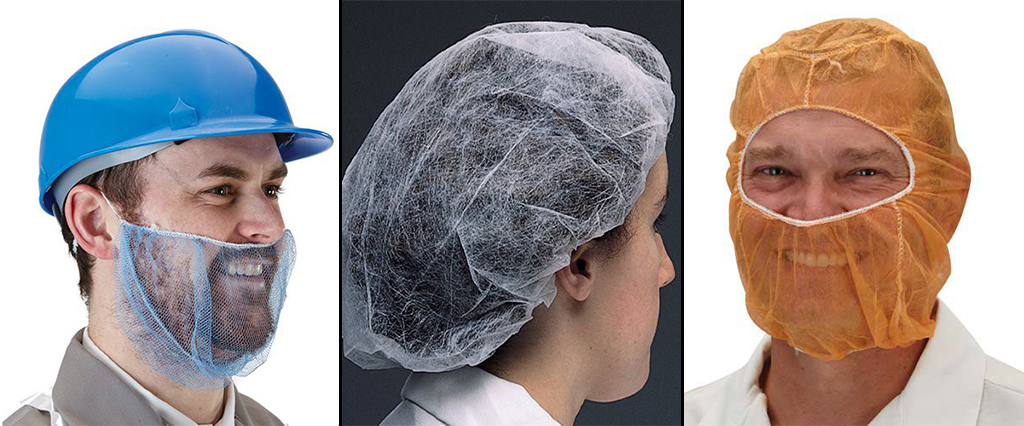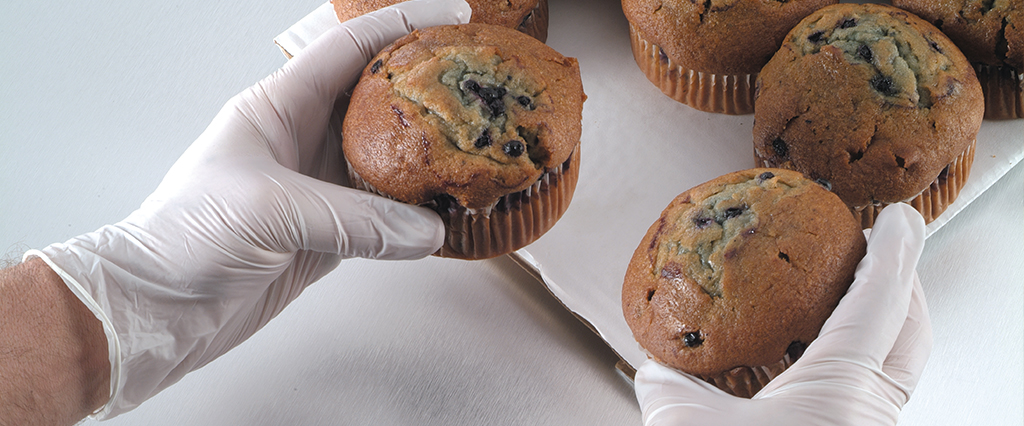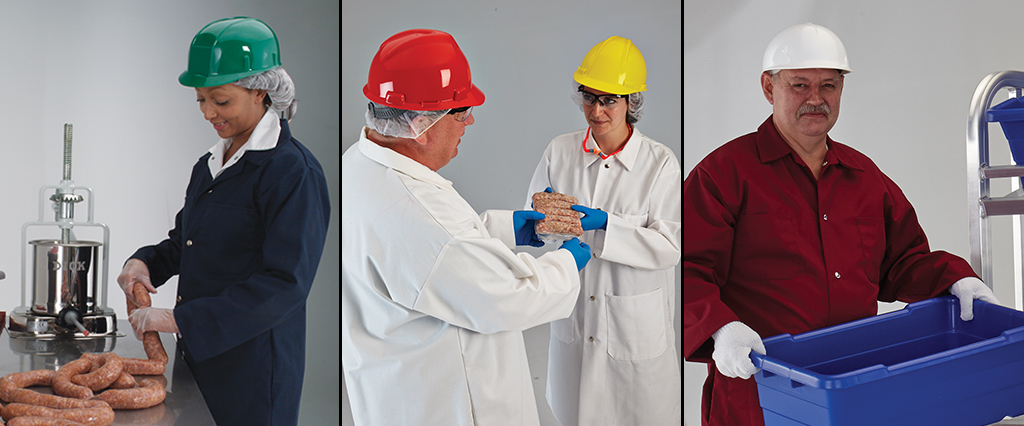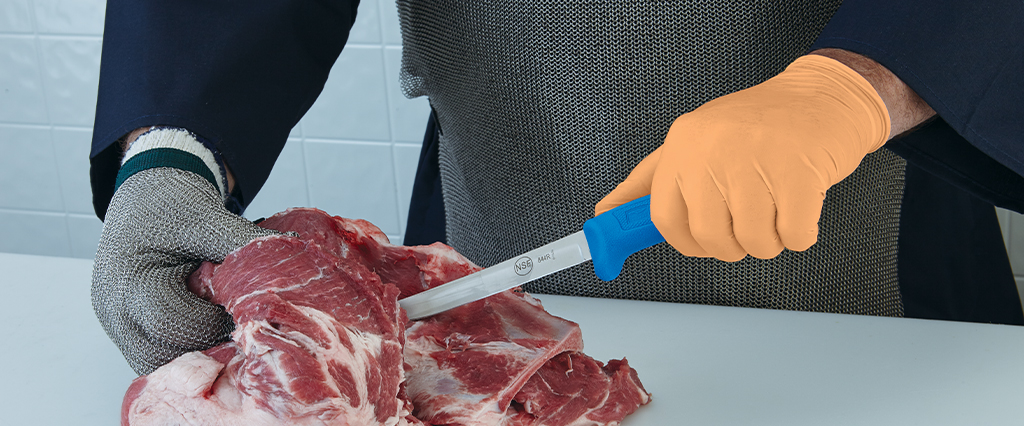
Get a Grip on the Right Glove for You
There are several factors to consider when deciding on the right glove for a job. To eliminate the guesswork when ordering gloves, we recommend asking yourself the following questions to find the best fit for your applications.
What Size Gloves Should I Order?
Determining the correct size of glove is very important, as a glove that is either too tight or too loose can be both uncomfortable and lead to hazards in the workplace. To find the right size, measure the widest part of your hand starting above your thumb, track across the palm and around the back of your hand. The size in inches corresponds to the size of the glove (for example, if your hand measures 8-inches, you should wear a size 8 glove.) Most standard glove sizes are categorized as follows:
- X-Small – Size 6-7
- Small – Size 7-8
- Medium – Size 8-9
- Large – Size 9-10
- X-Large – Size 10-11
Which Glove Length Should I Choose?
The length of the glove you should order is directly related to the application for which it is to be used. Select glove length by determining the depth to which your arm will be immersed in liquids, or whether it is to be used for splash protection. Generally, the length of a glove is measured from the tip of the middle finger to the outer edge of the cuff.
- Wrist and Forearm Lengths (10” – 14”) – Protects the hand and wrist for most applications.
- Elbow Lengths (18”) – Offers splash protection and immersion capability.
- Shoulder Lengths (32”) – Ideal for full arm immersion applications.
What Types of Glove Cuffs are Available?
Glove cuffs can provide a more secured fit, additional protection or even greater comfort depending upon the type. Note that not all cuff styles are available for every glove type as options can differ according to application. The five most common cuff styles are:

- Straight Cuff – Offers a snug fit around the wrist.
- Rolled Cuff – Provides added protection to the skin from liquid and chemical run-off.
- Pinked Cuff – Used on knit-lined gloves to minimize raveling.
- Safety Cuff – A short, open cuff made from stiff material to provide added protection to the wrist area.
- Knit Wrist Cuff – Provides warmth with a close fit to prevent debris from entering glove.
Do Glove Linings Make a Difference?
The lining on the interior of a glove may affect the glove’s comfort and provide some added value to certain applications. See below for more information on the most popular glove lining types.

- Flock Lining – Shredded cotton or synthetic fiber applied to the interior of the glove. These linings also absorb moisture and make gloves easier to don and doff.
- Knit Lining – Cotton or synthetic material knitted to the interior of the glove. Knit linings absorb perspiration and make gloves easy to don and doff.
- Unlined – Offers superior tactile sensitivity and greater dexterity than their lined counterparts. Unlined gloves with powdered interiors make them easier to don and doff.
Types of Gloves
We are proud to provide a wide variety of gloves to cater to your specific environments and applications. Click the options below to browse our selection to find the right fit for your facility.
- Disposable Gloves – Economical gloves designed for single-use applications, helping to prevent cross-contamination.
- Insulated/Thermal Gloves – Gloves that protect against harsh conditions or extreme temperatures.
- Cut-Resistant Gloves – Gloves constructed with stainless-steel fibers to provide cut-resistance when working with blades and other sharp objects.
- Coated Gloves – Knit-base gloves dipped in a coating that provides protection against a specific environment or matter.
- Work Gloves – Gloves built of durable materials that provide elevated protection through vigorous work duties and conditions.
- Knit & Inspector Gloves – Light-duty, economical knit gloves that provide protection in basic applications. Can be used alone or as a liner under a heavier-duty glove.
- Waterproof Gloves – Gloves equipped with a special coating for protection against chemicals and liquids.
- Metal Mesh Gloves – Gloves constructed of stainless-steel rings for protection against cuts and lacerations from a knife or blade.
For further assistance on selecting the right glove, call our team at 800-456-5624 or chat with us on our website. We’ll be happy to discuss your protection requirements further and help find the right fit for your needs.


